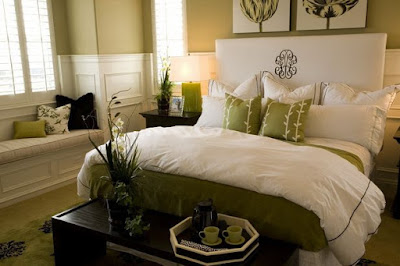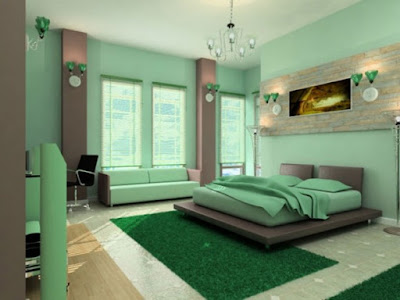How to Paint the Hallway & Adjoining Room Different Colors
Things You'll Need
- Color wheel
- Painters tape
- Paintbrush
- Roller
- Roller cover
- Complementary paint colors
Paint the hallway the chosen color. Paint the hallway moldings and trim the chosen color, too, unless the hallway trim is finished wood. If the trim is finished wood, tape off the edges with painters tape to avoid getting paint on the trim.
Paint the opening to the adjoining room the same color chosen for the hallway. If painting a doorway casing, use the trim color from the hallway. If you chose a different trim color for the adjacent room, that color should be used on the molding inside the room only. If the opening has no trim, paint the opening with the color chosen for the hallway walls.
Paint the adjacent room its chosen color that complements the hallway shade.
Use painter's tape to mask off the hallway color at any openings without trim, such as an archway. Before applying painters tape to a painted surface, the surface must be dry according to manufacturer's directions, or the paint will peel off when you remove the tape. If the paint in the archway is dry but fresh, do not press the painter's tape more than necessary to get it to stick to the archway.
Paint any trim in the adjacent room the color you chose for that room. Paint only the trim on the inside of the door the color chosen for trim in the room.












Comments
Post a Comment